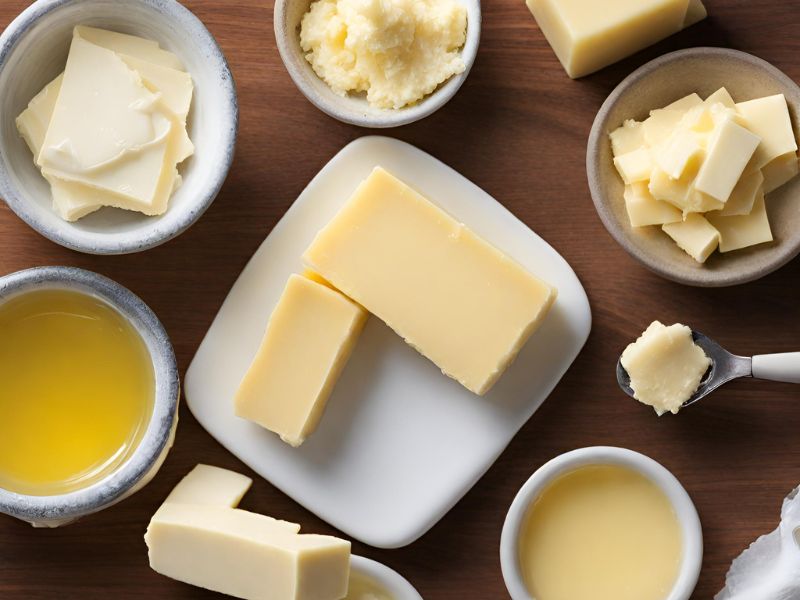Butter – it’s the unsung hero of the baking world. Its rich, creamy texture and ability to transform the simplest ingredients into mouth-watering delights make it a staple in any baker’s kitchen. But are you using the right butter in your baking? The type of butter you choose can significantly influence the flavor, texture, and overall quality of your baked goods. From creating the fluffiest cakes to the flakiest pastries, the secret lies in selecting the right butter. Let’s set off on an adventure to learn the secrets of butter and how it can take your baking to exciting new heights.
Making the Right Choice
Choosing the right butter for your baking is like finding the perfect ingredient for a magic potion – it can either make or break your baked goods. In the world of baking, butter does more than just add flavor; it works side by side with other ingredients to create textures and structures that are necessary for the success of your recipes. Whether you’re aiming for a buttery, flaky croissant or a moist, tender cake, understanding the differences between different types of butter is key.
Flavor Profiles
The flavor profiles of various butters play an important role in baking, giving each dish it’s own unique taste.
- Sweet Cream Butter: This butter is all about versatility. Its neutral taste doesn’t compete with other flavors, making it ideal for recipes where butter isn’t the star but rather a supporting player.
- European Butter: Known for its extra creaminess and rich taste, European butter elevates baked goods. The higher fat content enhances everything from buttery sauces to decadent pastries.
- Cultured Butter: The fermentation process introduces a tangy flavor. This butter adds a gourmet twist to traditional recipes, making it perfect for creating sophisticated flavors.
- Grass-Fed Butter: The diet of grass-fed cows brings a unique taste to this butter. It’s not just about flavor; grass-fed butter is also higher in essential nutrients.
- Clarified Butter: Also known as ghee, it’s butter in its purest form. The lack of water and milk solids makes it ideal for baking at high temperatures, adding a subtle nuttiness to baked goods.
Melting Characteristics
The way butter melts during baking influences the texture of your baked goods. High-fat butter melts differently, affecting everything from the rise of cakes to the texture of cookies and pastries.
Influence on Dough

Butter type changes dough handling. For example, high-fat butter makes the dough more pliable, which is essential for intricate pastries and bread.
Health Considerations
For health-focused bakers, butter choice is important. Grass-fed butter, rich in Omega-3s, is a healthier option. It brings not only unique flavors but also added health benefits to your baked goods.
| 🍰 The Ultimate Butter Guide for Baking 🧈 | ||||
|---|---|---|---|---|
| Type of Butter 🧈 | Fat Content 📊 | Flavor Profile 👅 | Best Used For 🍪 | Key Characteristics 🔑 |
| Sweet Cream Butter | Standard (about 80%) | Neutral, Creamy | Cakes, Cookies, Frostings | Versatile, widely available |
| Salted Butter | Standard (about 80%) | Creamy with a salt kick | Bread, Savory Baking | Adds a savory note, contains added salt |
| Unsalted Butter | Standard (about 80%) | Pure, Sweet | Precise Baking Recipes | Offers control over salt content |
| European Butter | Higher (82-84%) | Rich, Creamy | Pastries, Croissants, Sauces | Higher fat, lower moisture, luxurious texture |
| Cultured Butter | Varies, often higher | Tangy, Robust | Artisan Breads, Pastries | Unique flavor from cultured cream |
| Grass-Fed Butter | Varies, often higher | Rich, sometimes grassy | Health-conscious Baking | Higher in Omega-3s and vitamins |
| Clarified Butter (Ghee) | Almost 100% fat | Nutty, Rich | High-Temperature Baking, Lactose-Free Recipes | No milk solids, higher smoke point |
| Brought to You by “wearebaking.com” 🧁🍞🥐 | ||||
Does Quality Really Matter?
But does the quality of butter truly make a difference in baking? Absolutely! High-quality butter, usually with higher fat content, means richer flavor and better texture in your baking. It also affects how the butter performs, from mixing to baking. While it may cost more, the investment can significantly improve the quality of your baked goods, especially in recipes where butter is a key ingredient.
Expert Insights
Many professional bakers and pastry chefs prefer high-quality butter for its flavor and baking performance, noting a significant difference in the final product.
The quality of butter is not just a minor detail in baking; it’s a vital element for flavor and texture. While choosing between standard and high-quality butter may depend on the specific recipe, your personal preferences, and your budget, understanding butter quality helps you make better baking choices,
Salted vs. Unsalted Butter
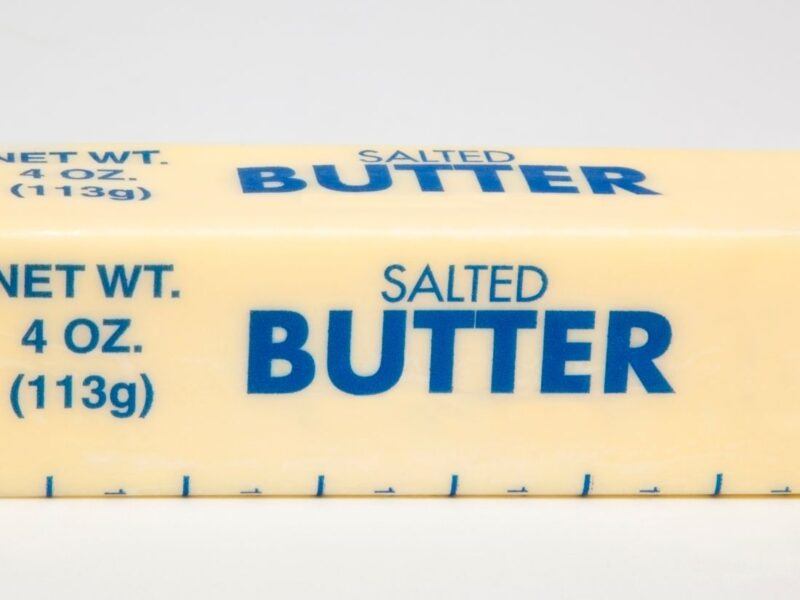
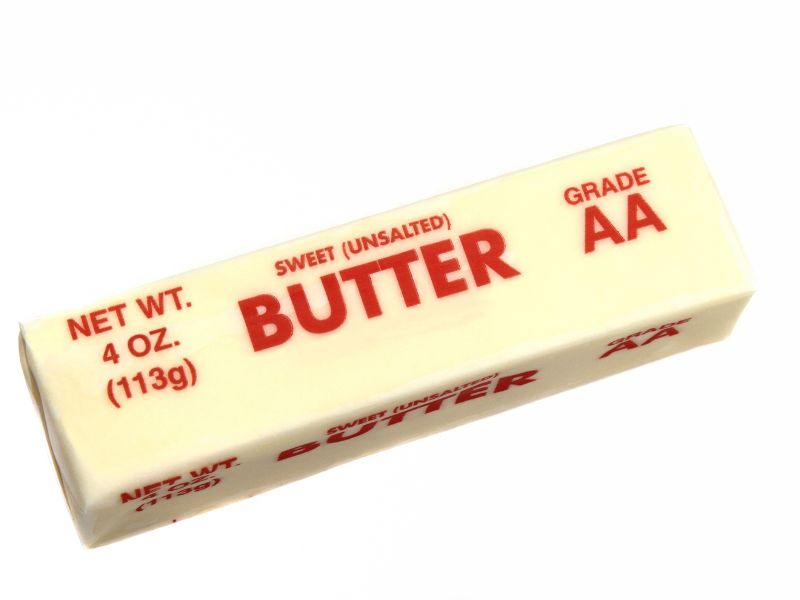
When it comes to baking, the choice between salted and unsalted butter is more than just a matter of taste—it’s a decision that can affect the chemistry of your creations. Understanding the differences and suitable uses of each type can greatly enhance your baking results.
Understanding the Difference
Salted butter, as the name suggests, contains added salt, typically around 1.5 to 2%. Unsalted butter, often labeled as “sweet cream,” is free from added salt. This difference influences not only the flavor but also the moisture content and shelf life of the butter.
Flavor Balance with Salted Butter
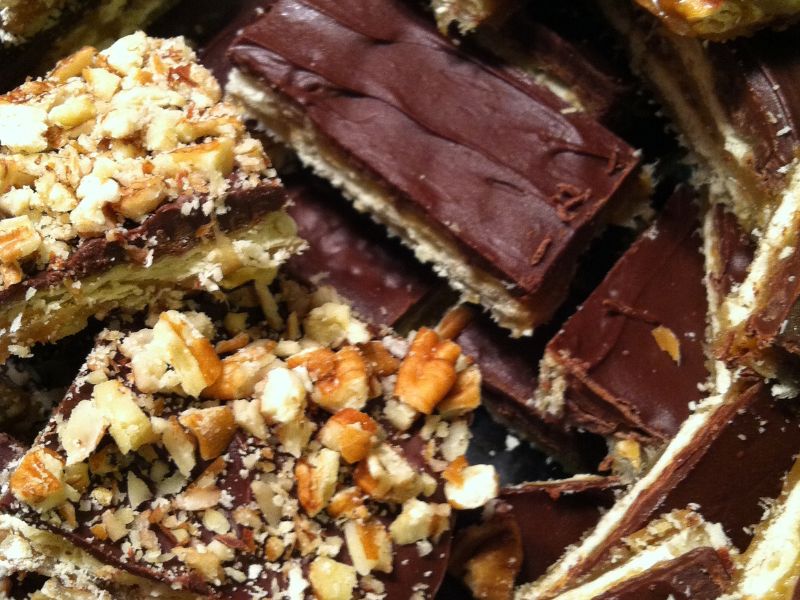
Salted butter can add a delightful contrast in sweet baking, enhancing the overall flavor profile. It’s particularly suitable for recipes where a hint of saltiness can complement other ingredients, like in toffee cookies or salted caramel frosting. However, it’s crucial to consider the amount of salted butter when adjusting other salt quantities in the recipe to avoid overpowering the dish.
The Flexibility of Unsalted Butter
Unsalted butter offers complete control over the flavor of your baked goods, making it a preferred choice for most bakers. It allows you to precisely balance the sweetness and saltiness in recipes, which is important to get the perfect taste in delicate pastries and cakes.
Salt’s Effect on Baking Chemistry
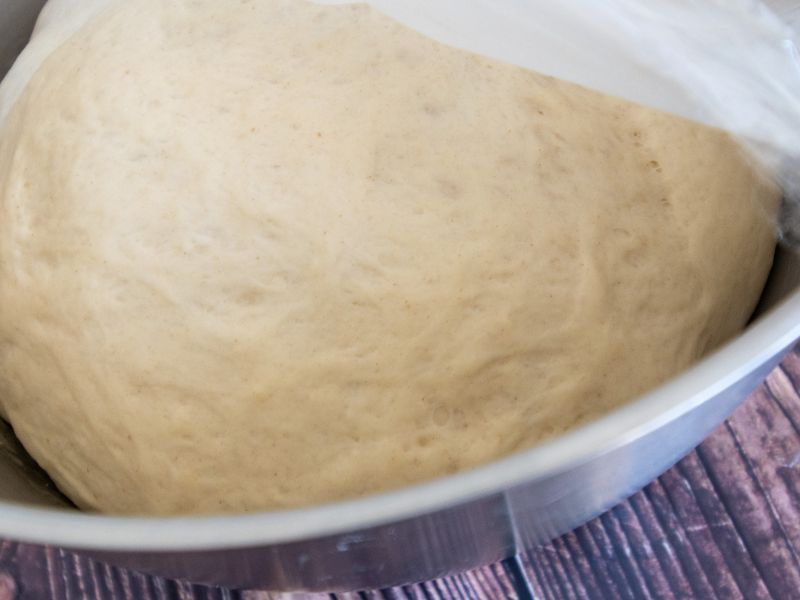
Salt doesn’t just season; it also plays a role in the science of baking. It can strengthen the gluten in the dough, making it more elastic, and control yeast fermentation in bread., When using salted butter, these factors need to be considered, especially in recipes that are sensitive to changes in salt levels.
Adjusting Recipes
If you only have salted butter on hand, but your recipe calls for unsalted, you can adjust by reducing any additional salt in your recipe. A general rule of thumb is to subtract 1/4 teaspoon of salt from the recipe for every half cup (115 grams) of salted butter.
The choice between salted and unsalted butter can greatly influence the taste, texture, and even the structure of your baked items. Unsalted butter provides a clean taste and precise control, whereas salted butter adds distinctive flavor tones.
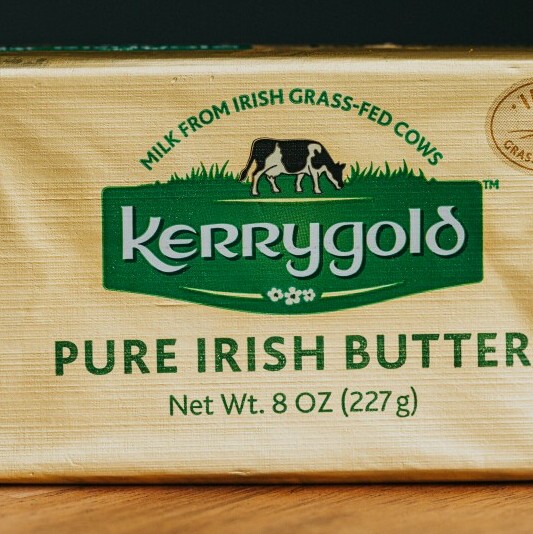
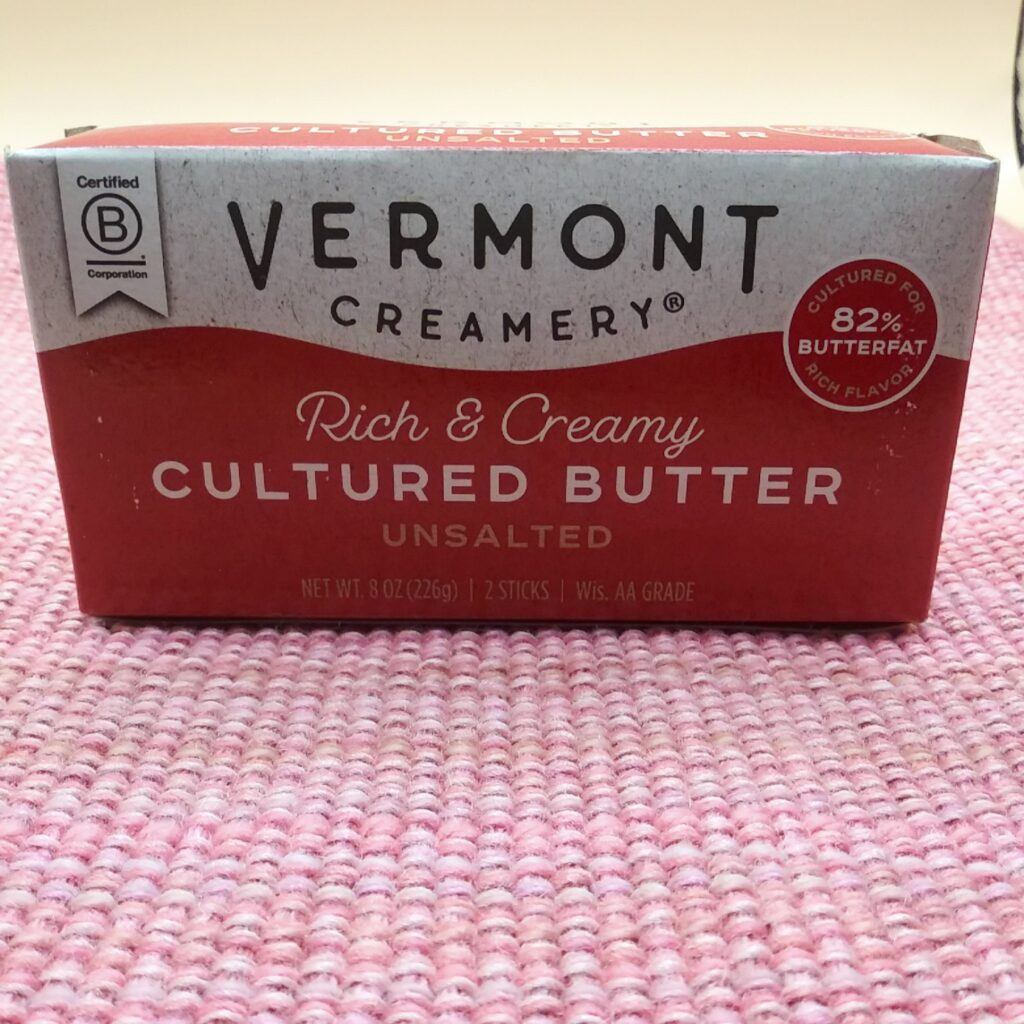
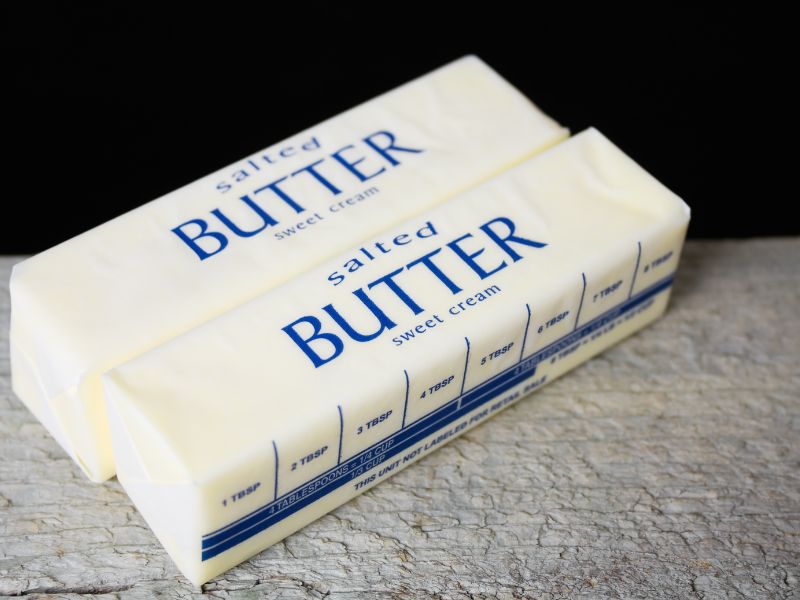
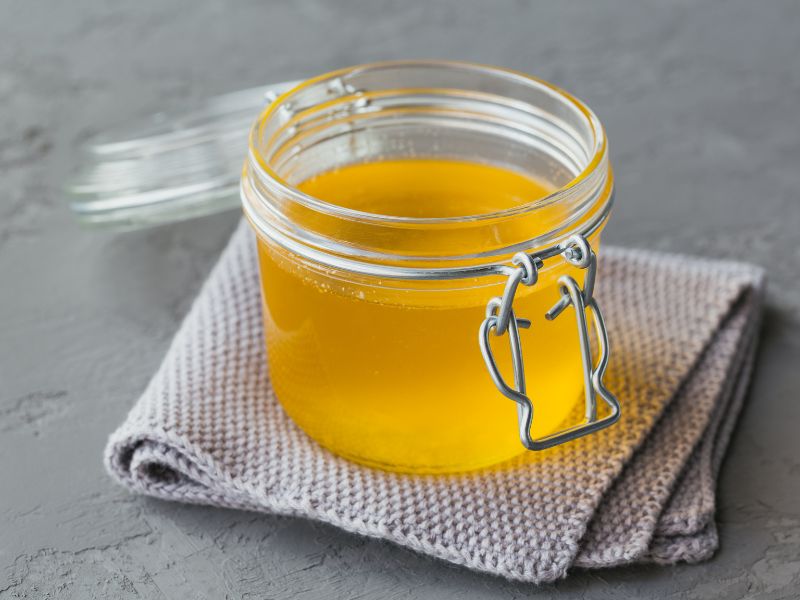
European Butter
Is European butter superior for baking? Its higher fat content enhances the richness and texture of baked goods. This butter is especially good for pastries and rich bread like brioche.
Cultured Butter
Cultured butter offers unique flavors, making it perfect for recipes that can benefit from its tangy profile. It’s ideal for pound cakes, pie crusts, and artisan bread.
Sweet Cream Butter
The all-rounder in the baking world, sweet cream butter is a reliable choice for almost any recipe. Its consistent quality and neutral flavor make it a staple in most kitchens.
Grass-Fed Butter
With its distinct flavor and higher nutritional value, grass-fed butter is a great choice for health-conscious bakers. It can add a unique twist to traditional recipes.
Clarified Butter
Clarified butter, or ghee, offers a high smoke point and a unique flavor profile. It’s ideal for baking at high temperatures and for those with lactose intolerance.
Here is a great chocolate chip cookie recipe using clarified butter(ghee)
Trying out different kinds of butter can add fun and variety to your baking. Each type of butter brings its own special flavor and texture. By learning and using these differences, you can improve your baking skills and try new recipes.
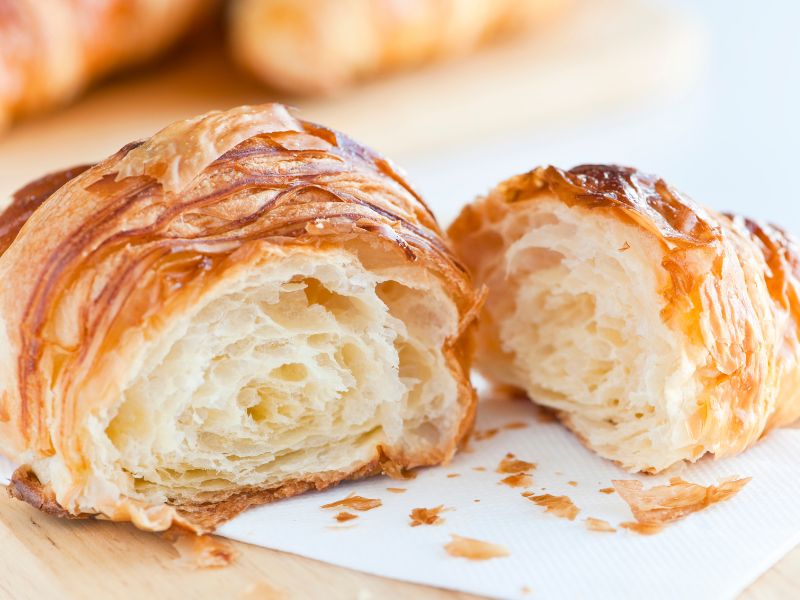
Final Thoughts
In baking, the butter you use can make a big difference in how your baked goods turn out. There are many to choose. From the rich, complex flavors of European and cultured butter to the flexible and familiar sweet cream butter, each variety brings its own unique qualities to the table. Grass-fed butter offers nutritional benefits and a distinct taste, while clarified butter provides a high smoke point and lactose-free option.
The trick is to use the right butter for your recipe and what you want to achieve in your baking. Whether you’re making flaky pastries, moist cakes, or golden cookies, knowing about different butters can make your baking better.
Trying out different butters can improve your baking skills and introduce you to new tastes.
There’s no one-size-fits-all answer to which butter is best for baking. The choice depends on the recipe, your taste preferences, and sometimes even health considerations. Keep exploring different butters to find new ideas and flavors for your baking.
Why are Fats (butter) and oils vital ingredients when it comes to baking? Learn more here.
What is your favorite butter to bake with? Leave me a comment below.
And As Always
Keep On Baking!
Taianne
Share the Love

I’m Taianne, the owner and operator behind We Are Baking. Baking my first cake at age 11 hooked me on creating sweet treats. Though my interest faded during childhood, it was rekindled when I married my apple pie-loving husband. I love trying new recipes, tweaking classics, and helping others learn the science and art of baking. I started We Are Baking to share tips, tricks, and favorite recipes I’ve discovered over the years. When not in the kitchen, I enjoy spending time with family and friends. My goal is to inspire others to embrace their creativity through baking. Feel free to contact me with any questions!
Taianne@wearebaking.com

